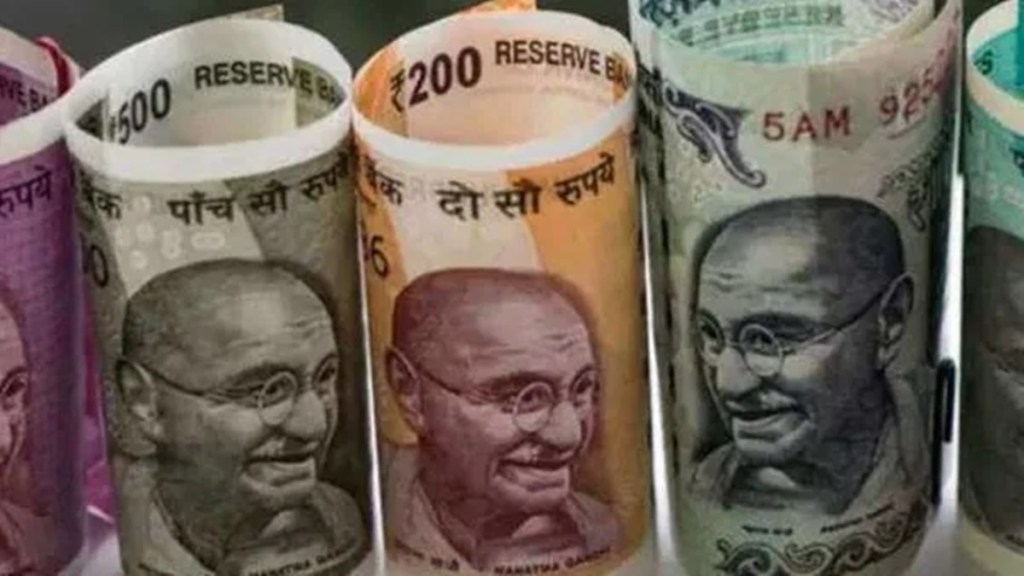Growing fast sometimes comes at a cost. With assets of 25,000 crore plus, Credit Access Grameen (CREDAG) has pulled off an enviable performance in last few years. But rising delinquencies are threatening to slow it down. A six-fold jump in bad loan provisions and write-offs, to753 crore in the December 2024 quarter, resulted in the Bengaluru-based lender posting its first-ever quarterly loss of Rs 99.52 crore. The provisions were needed because gross non-performing assets (npa) were up sharply at 4% from less than 1% a year ago.
While the entire microfinance space is in a mess thanks to overleveraging and poor underwriting, CREDAG’s troubles are partly self-inflicted, say experts. For instance the business could have been better diversified in terms of geography. Although CREDAG has a presence in 422 districts across 16 states, close to three-fourths of the Rs 24,810 crore of the loan book is concentrated in just three states – Karnataka, Maharashtra, and Tamil Nadu.
To make it worse, Karnataka – which accounts for a fourth of its portfolio – is now turning into a flashpoint. The state government has promulgated an ordinance that proposes up to a 10-year prison term and a penalty of Rs 5 lakh for microfinance lenders that cause “undue hardship” to borrowers. Since collections are made at the grassroots level, any disruption in the form of loan waivers or restrictions on lenders can spur mass defaults.
“While NBFC-MFIs are regulated by RBI, intervention by the state could exacerbate the existing asset-quality challenges by hampering recovery process and impacting the repayment culture within MFI borrowers,” Parth Desai at Nomura Global Markets Research opined. “We saw this during the Andhra Pradesh crisis and most recently in Assam. Every time there’s political interference, repayment behaviour deteriorates,” an analyst observed.
At the end of September 2024, CREDAG had a market share of 19% in Karnataka and, to be fair, none of the 422 districts had an exposure of more than 3% of the loan book. However, analysts point out, it maintains lower provisioning levels in the state, versus other states. They believe the problems in Karnataka should prompt the company to increase provisioning.
CREDAG MD, Udaya Kumar Hebbar acknowledges distress signals were emerging particularly in Gulbarga and Belgaum districts. However, Hebbar has downplays the concerns citing a collection efficiency of 99.4% in recent months in Karnataka. The ordinance, however, could queer the pitch even though historically, Karnataka has been one of the best-performing markets for microfinance.
CREDAG’s reliance on existing MFI borrowers also raises concerns. Over 52% of the 9 lakh new customers that the lender added, in the past year, came from the top three states, suggesting it is dipping into the same borrower pool rather than expanding into new geographies. Even otherwise, about 11.6% of CREDAG’s borrowers are indebted to four or more lenders.
“Asset quality for CREDAG has deteriorated faster than our expectations,” Abhishek Murarka at HSBC observed. Credit costs also increased sharply to nearly 13% of the annualised loans in Q3FY25,” Murarka pointed out. CREDAG’s Karnataka Portfolio at Risk (PAR) 15+, an early indicator of repayment distress, climbed from 0.11% in April 2024 to 0.72% in December, with Tamil Nadu witnessing a five-fold spike to 1.45%.
Not surprisingly, the lender has been forced to step on the brakes. The loan growth forecast for FY25 has been cut to 7%-8%, down sharply from 8-12% projected earlier after the growth in Q3FY25 slipped to an all-time low of 6% y-o-y. “There has been a sequential decline in loan portfolio for the third consecutive quarter,” Nomura’s Desai wrote. The lender, however, continues to add customers; they totalled 70,000 in December and 80,000 in January not too far away from the normal run rate of one lakh customers.
CREDAG also needed to have de-risked the model with regard to the asset mix. Although the lender has been around for 25 years, it is heavily dependent on microfinance loans which make up 90% of its portfolio. Its peers, on the other hand, have expanded into gold loans, MSME lending and loan against property. “Even giants like Bajaj Finance and Cholamandalam Finance have diversified their asset mix,” Shweta Daptardar, VP at Elara Capital points out. CREDAG is making an effort. Its retail finance segment grew 153% year-on-year in Q3 to Rs 1,245 crore but accounts for just 5% of the AUM.
The new industry guidelines — Guardrails 2.0 – which comes into play from April 1, will cap outstanding loans per borrower at 2 lakh, down from 3 lakh. They will also limit the number of lenders per borrower to three instead of four. Importantly, when computing the maximum indebtedness, both MFI loans and unsecured retail loans will
be included.
CREDAG has already put in place these rules for new customers. The impact, according to Hebbar would be quite low
because in the cohort with four or more lenders, 84% is in the “promptly paying” category. “Our internal evaluation indicates that we can retain over 80% of borrowers in the 4/5 lenders cohort,” he said.
Crises are not new to CREDAG. Both demonetisation and the Covid-19 pandemic had hurt the lender badly. This time around, an unfriendly macro-environment, political intervention and regulatory issues are threatening to make life difficult for longer. It could be a while before it is business as usual.
